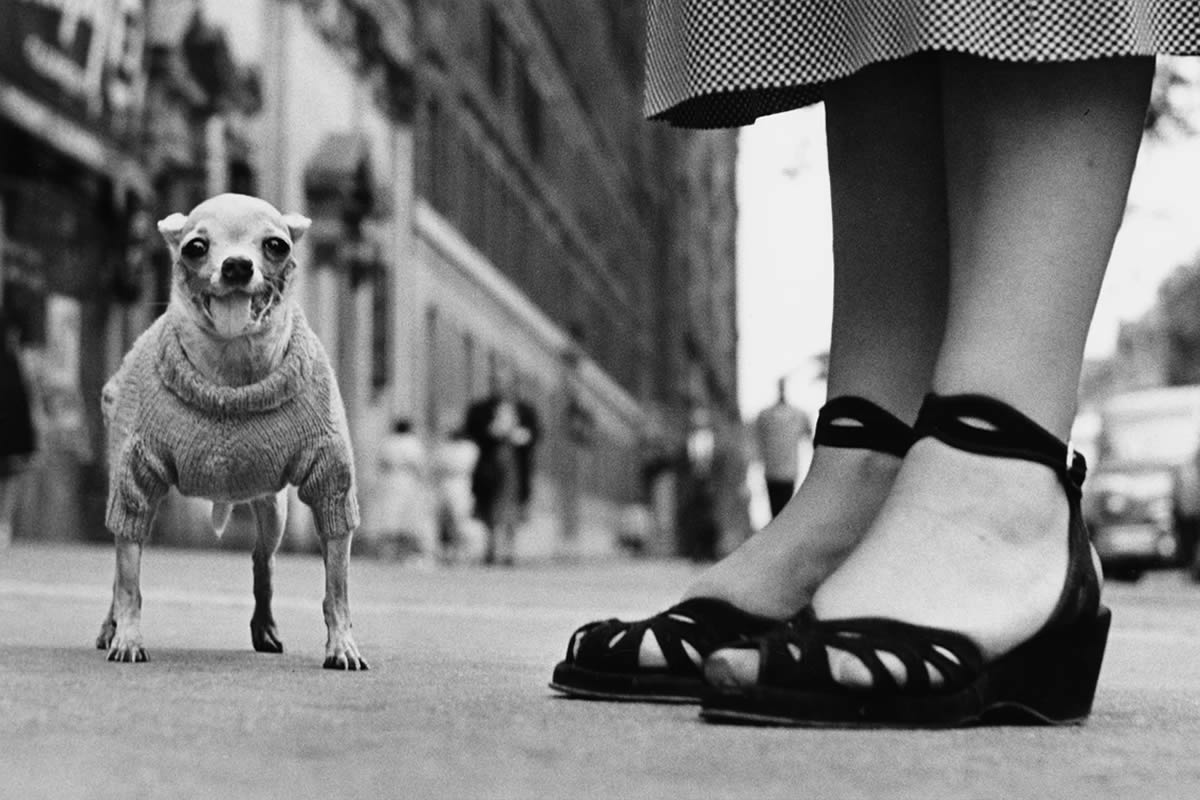Elliott Erwitt (born Elio Romano Erwitz, July 26, 1928 – November 29, 2023) was a photographer whose name is synonymous with wit, keen observation, and an unmatched ability to capture life’s candid moments. A legendary figure in the realm of photography, Erwitt’s career spanned over seven decades, during which he produced some of the most recognizable and impactful images of the 20th and 21st centuries.
From humorous street scenes to historic portraits of world leaders, Erwitt’s work transcended the traditional boundaries of documentary photography, infusing it with humor, irony, and a deep sensitivity to the human condition.
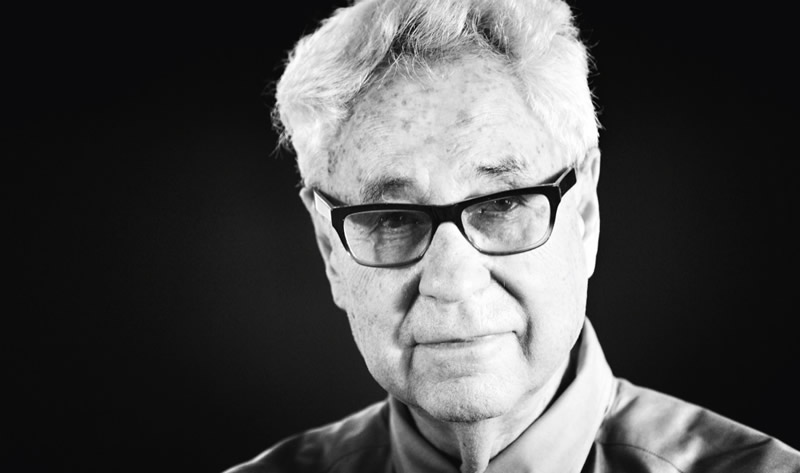
Scroll down and inspire yourself. You can check Elliott Erwitt’s Website for more information.
You can find Elliott Erwitt on the Web:
Early Life and Inspiration
Elliott Erwitt was born Elio Romano Erwitz on July 26, 1928, in Paris, France, to Russian immigrant parents. His family relocated to Milan, Italy, when he was a young child, but they fled back to France and eventually emigrated to the United States in 1939, seeking refuge from the tumultuous political climate of pre-World War II Europe. Settling in Los Angeles, Erwitt became intrigued by photography during his high school years, experimenting with cameras and learning the art of developing film in darkrooms. His early fascination with photography was fueled by the works of Henri Cartier-Bresson and Robert Capa, whose mastery of “the decisive moment” and documentary style deeply influenced him.
After attending Los Angeles City College, Erwitt continued his studies in film at the New School for Social Research in New York City. His career was briefly interrupted by military service, but he worked as a photographer in the U.S. Army, which allowed him to hone his skills and expand his portfolio. During this time, he met iconic photographers Edward Steichen, Robert Capa, and Roy Stryker, whose mentorship would profoundly shape his career. Stryker, in particular, hired Erwitt to work on a photography project for Standard Oil, which exposed him to documentary photography on a grand scale.
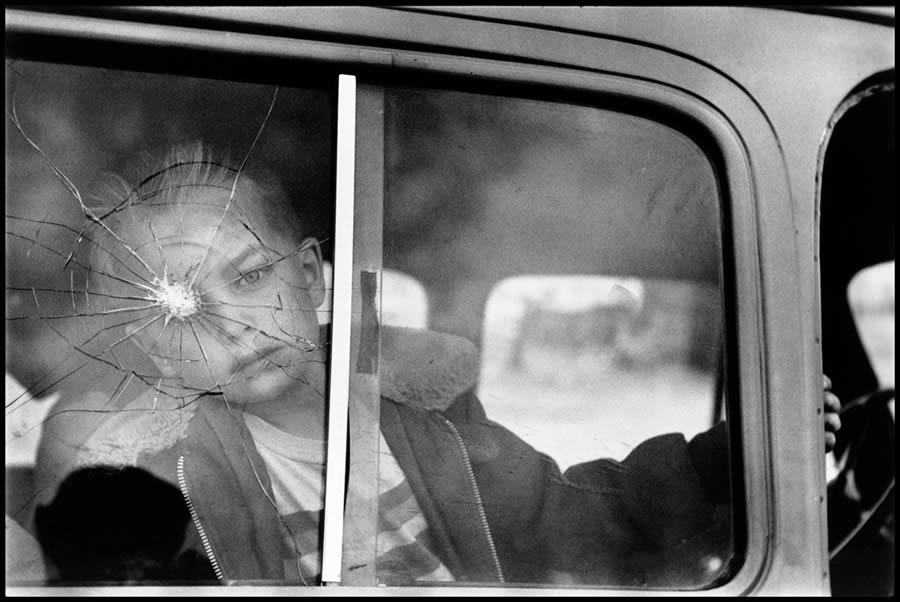
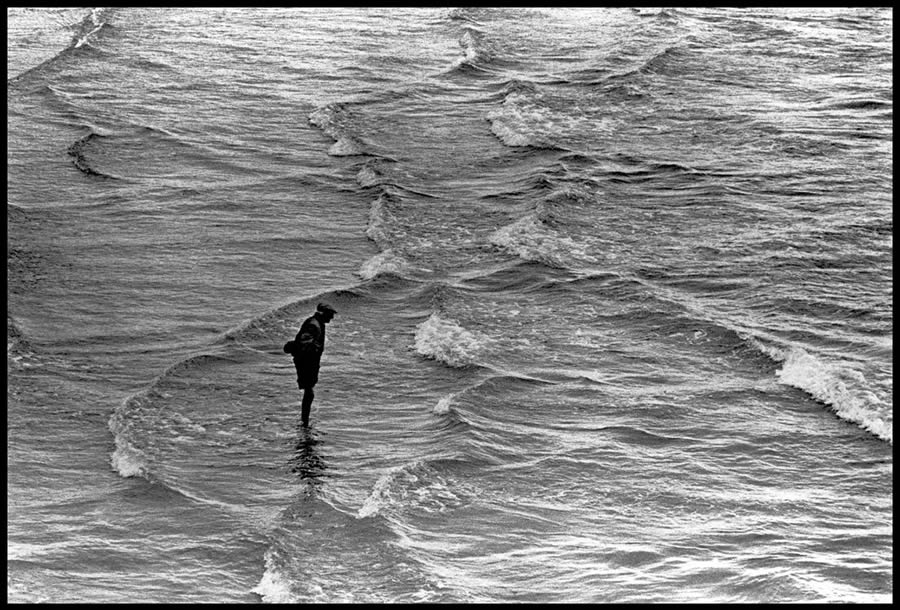
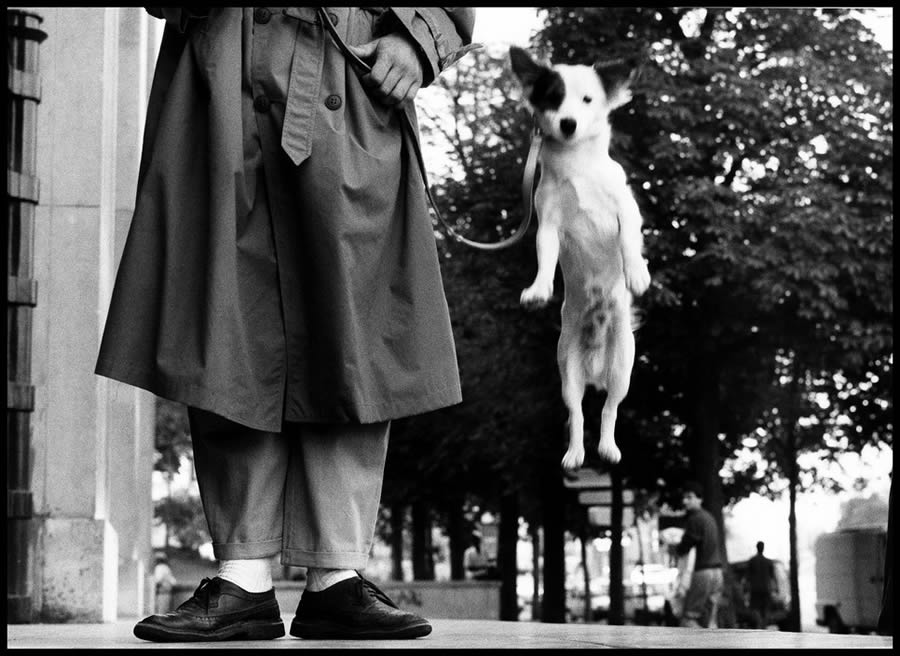
Magnum Photos and the Evolution of a Style
In 1953, Erwitt joined Magnum Photos, the prestigious cooperative agency founded by Henri Cartier-Bresson, Robert Capa, and others. This opportunity allowed Erwitt to work alongside some of the greatest photographers of the time, and his involvement with Magnum marked the beginning of his rise to prominence. Over the years, he became one of the agency’s most celebrated members, contributing work that was both profound and humorous.
Erwitt’s photography is distinguished by his unique ability to find humor in everyday situations. He captured absurdities in public spaces, fleeting facial expressions, and the interactions of people and animals in ways that felt both familiar and revelatory. While many documentary photographers strive to capture the raw truth of human experience, Erwitt added a layer of irony that made his work feel simultaneously timeless and poignant.

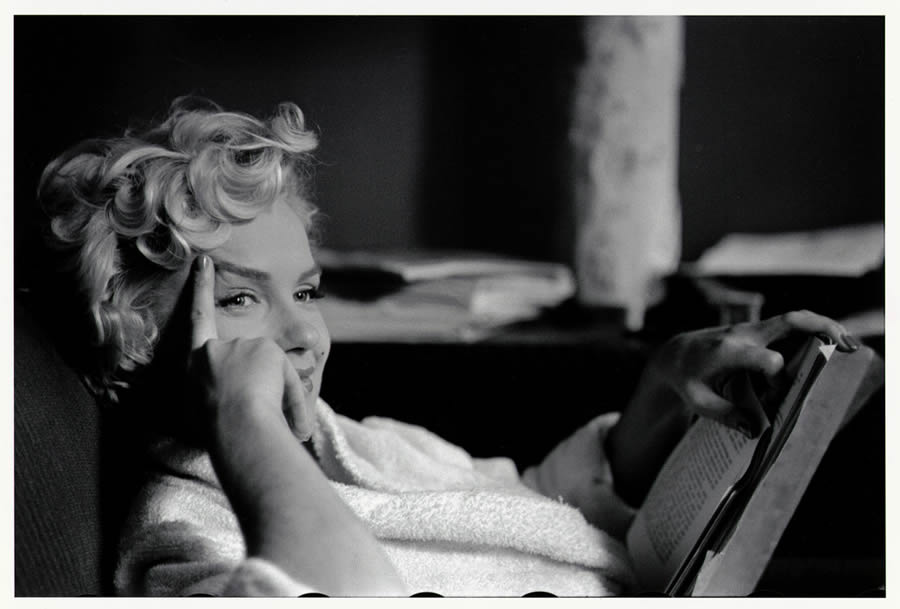
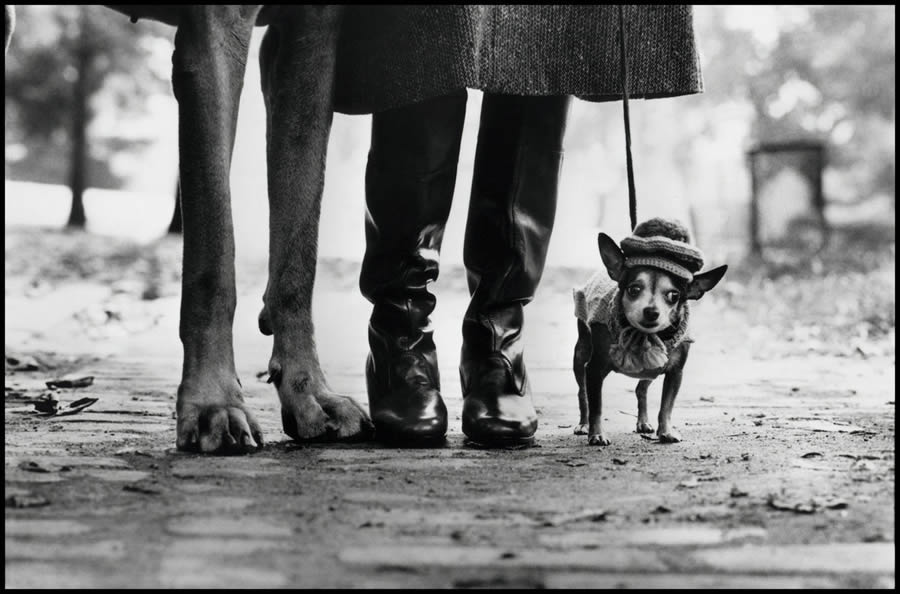
Humor and Humanity: Erwitt’s Signature
A key feature of Elliott Erwitt’s work is his use of humor to reveal human nature. His images often contain visual puns and incongruous elements that surprise and delight the viewer. Whether capturing the juxtaposition of a small dog beside a tall pair of legs or documenting a couple embracing through a rain-splattered window, Erwitt had an unparalleled ability to convey narrative and emotion with minimalism.
One of his most iconic images, New York City, 1946, shows a small Chihuahua juxtaposed with the towering legs of its owner. This image, among others, highlights Erwitt’s fascination with dogs, which became a recurring theme in his work. His dog photographs are collected in several publications, including Dog Dogs, where he humorously explores the personalities, expressions, and antics of canines in a way that reveals both the individuality of the dogs and the quirks of their human counterparts.
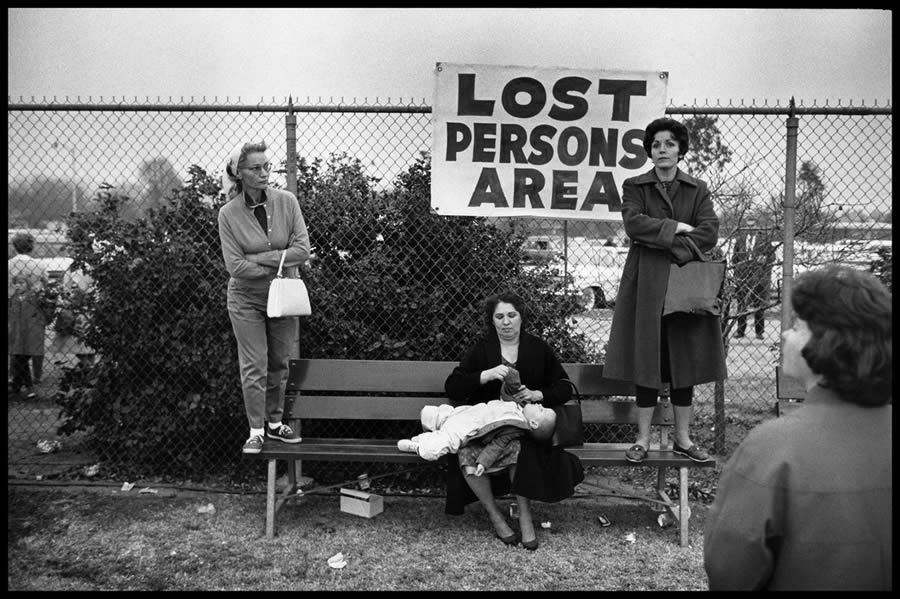
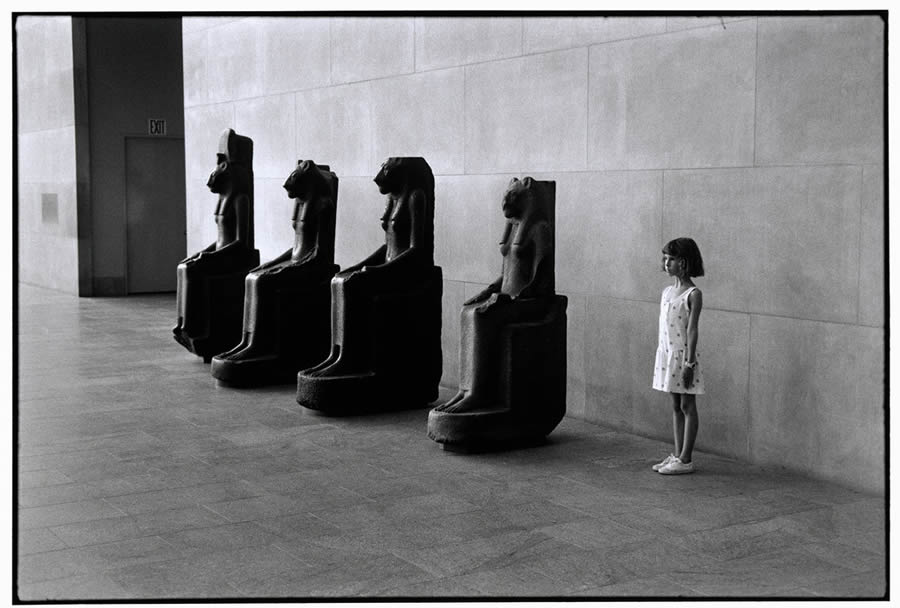
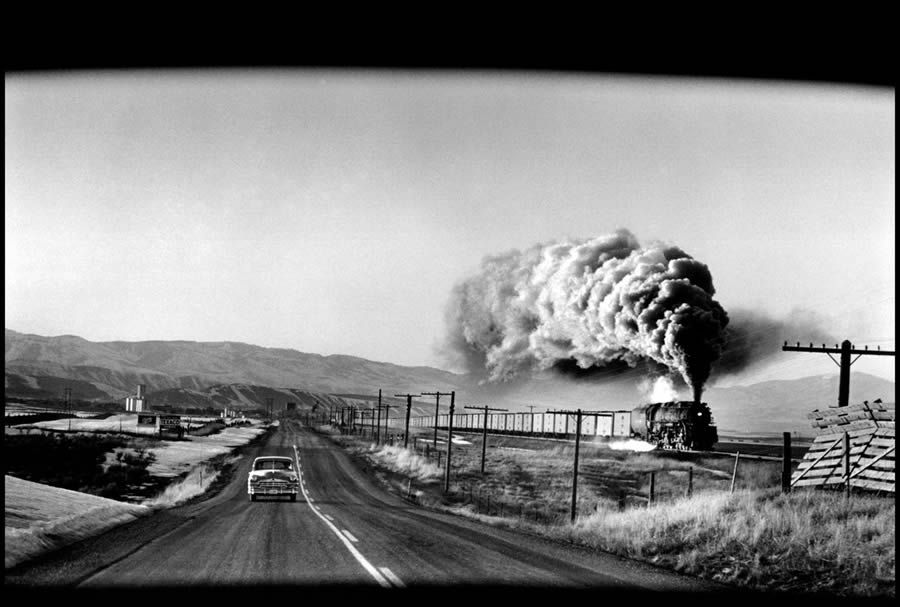
Famous Works and Historical Portraits
Elliott Erwitt’s body of work spans a wide range of subjects, but he is perhaps best known for his iconic portraits of political figures, celebrities, and influential cultural figures. His portraits of John F. Kennedy, Fidel Castro, Marilyn Monroe, and Richard Nixon are among his most celebrated. The famous image of Nixon and Khrushchev engaging in a heated debate, known as the “Kitchen Debate” photograph, is an example of Erwitt’s talent for being in the right place at the right time. His portrait of Marilyn Monroe on the set of The Misfits captures her vulnerability and allure, highlighting his ability to reveal the essence of his subjects in a single frame.
Erwitt’s photographs from historical events, such as the Civil Rights Movement, demonstrate his ability to document crucial moments in history while preserving the emotions and humanity of the people involved. His photojournalistic style is marked by a quiet, unobtrusive approach that allows the subject and scene to speak for themselves.
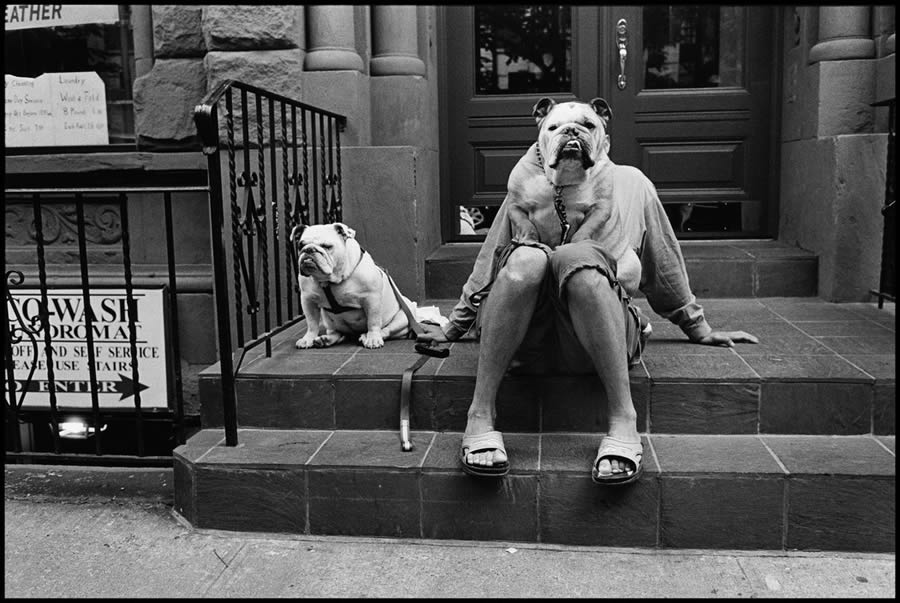

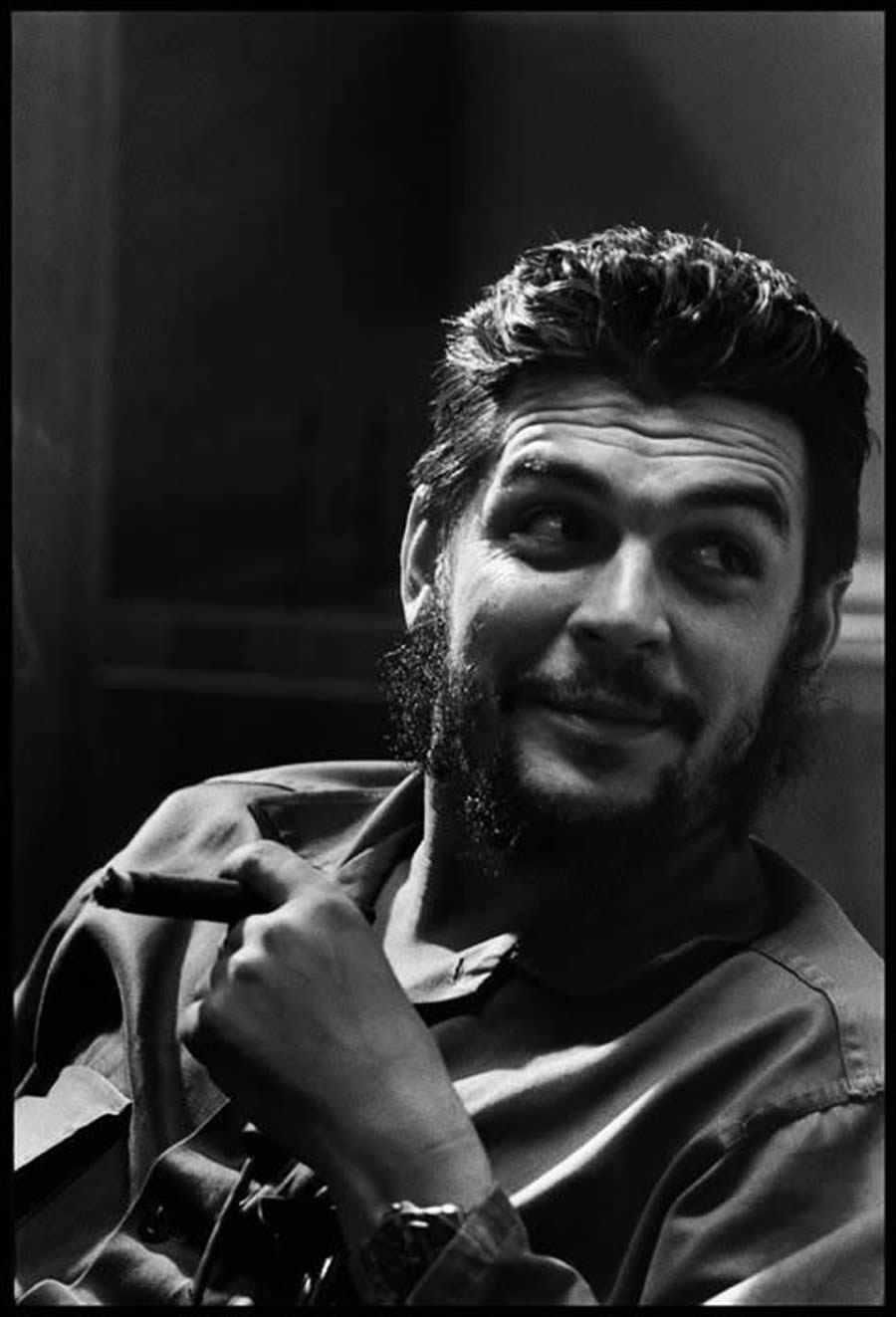
The Legacy of Elliott Erwitt
Erwitt’s work is not only revered for its humor and humanity but also for its technical precision and composition. His mastery of black-and-white photography allowed him to play with light, shadow, and texture, emphasizing the contrast between elements in a way that heightened the emotional impact of his images. His style is deceptively simple yet profound, inviting viewers to see the beauty in everyday life and to find humor even in the most mundane situations.
Throughout his career, Erwitt published numerous books that have become iconic in the world of photography. Works like Personal Exposures, Snaps, and The Art of André S. Solidor offer a glimpse into Erwitt’s creative mind and his multifaceted approach to image-making. Personal Exposures, in particular, showcases some of his most iconic images, providing a retrospective of his long career and cementing his status as a master of his craft.
Elliott Erwitt’s influence on the photography world is profound, with his work continuing to inspire photographers across generations. His ability to blend documentary and fine art styles, to use humor as a lens for understanding humanity, and to capture “decisive moments” that resonate universally set a standard in photography that few have matched.
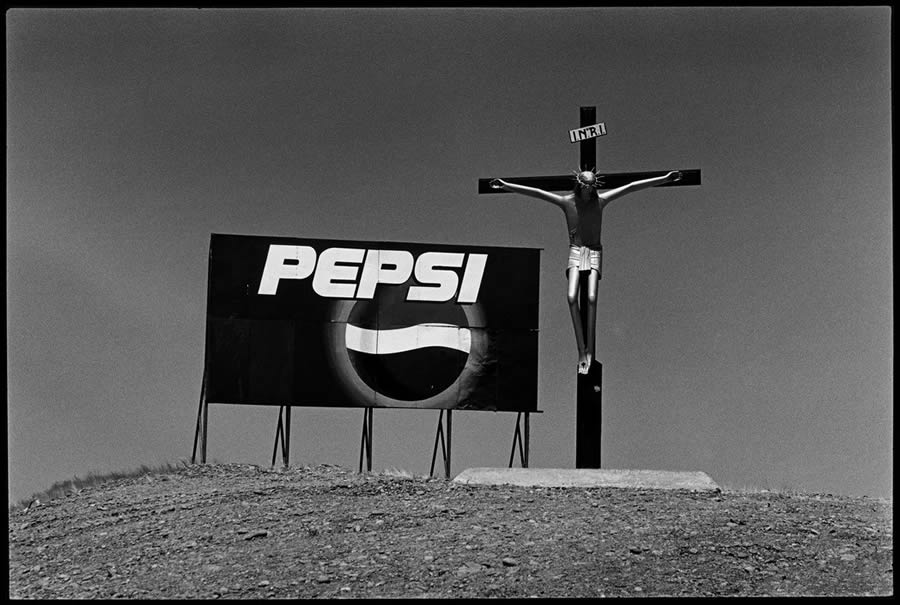
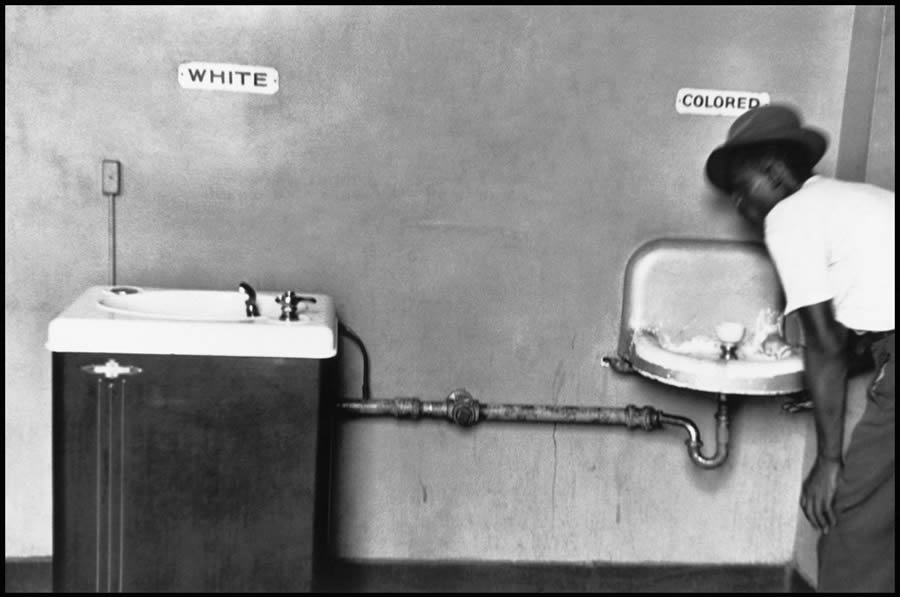
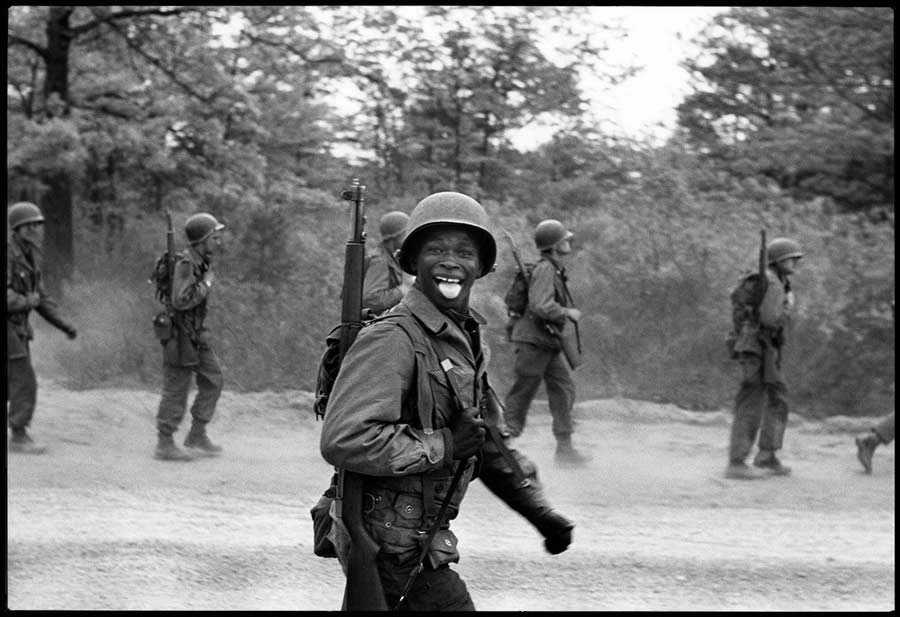
Continuing Work and Influence
Until the later years of his life, Elliott Erwitt remained active, occasionally taking on projects and continuing to explore the world with his signature wit and insight. His legacy lives on not only through his photographs but also through the countless photographers he inspired. Erwitt’s approach to photography, characterized by curiosity, compassion, and a dash of humor, challenges artists to view the world through a lens that celebrates both the profound and the playful aspects of life.
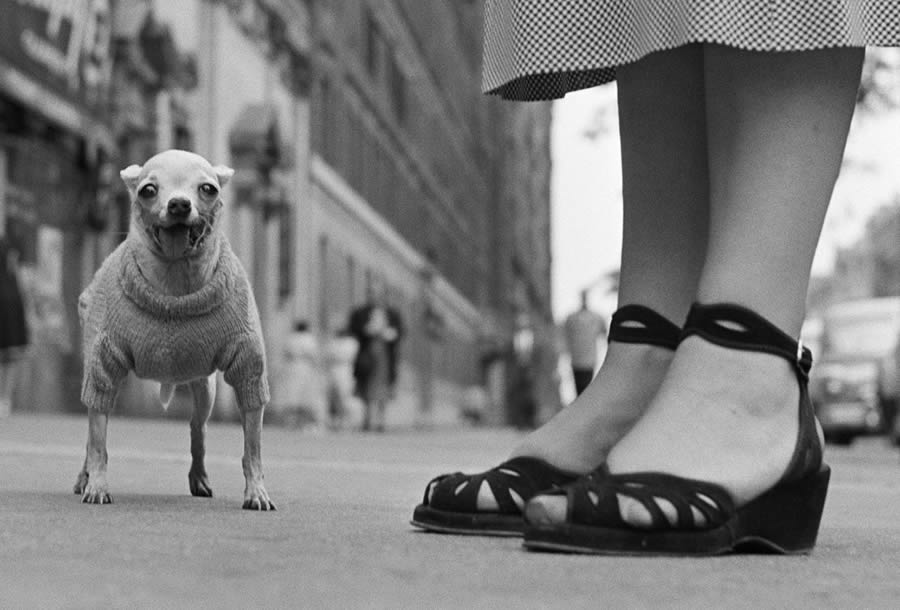
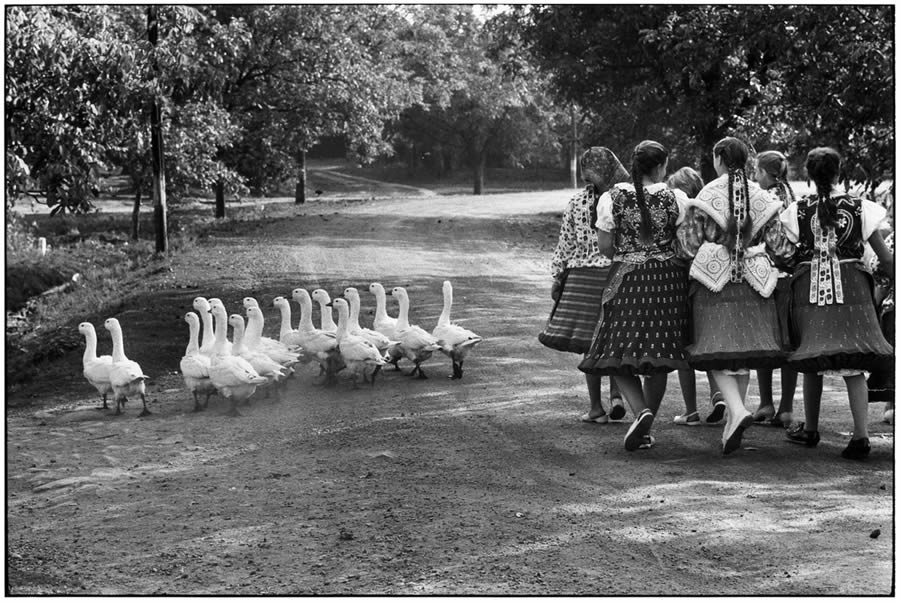
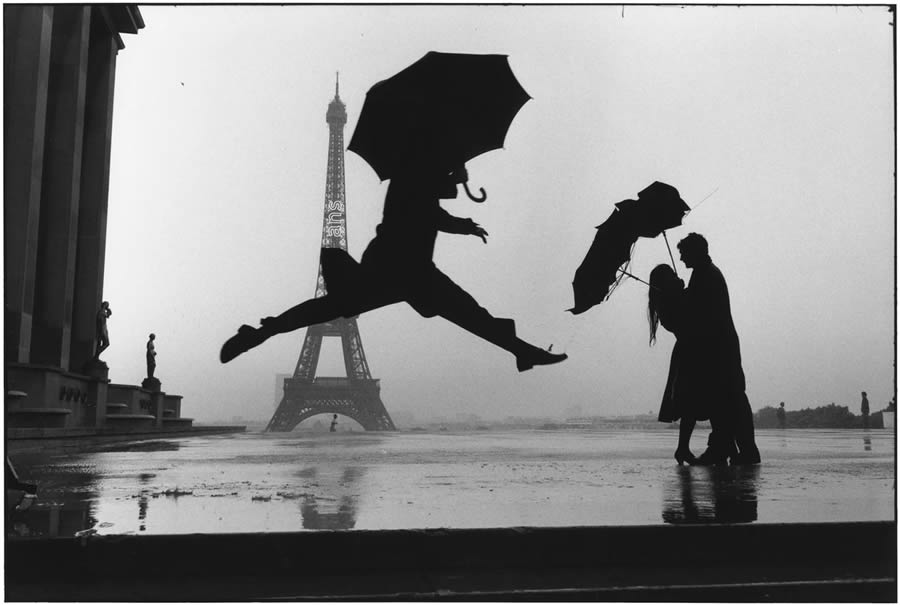
Conclusion
Elliott Erwitt was much more than a photographer; he was a storyteller who captured the essence of humanity in all its complexity. His work encourages us to look closely, laugh often, and appreciate the fleeting beauty of life’s small moments. As he once said, “To me, photography is an art of observation. It’s about finding something interesting in an ordinary place.” Indeed, Erwitt’s work shows that even the simplest moments hold the potential for beauty and meaning—and that the right image can make us see the world in a new way. His enduring legacy reminds us that, through humor and humanity, photography has the power to connect us all.
Elliott Erwitt’s contributions to the art of photography will be cherished for generations, ensuring that his spirit of wit and empathy will continue to inspire viewers around the world.

